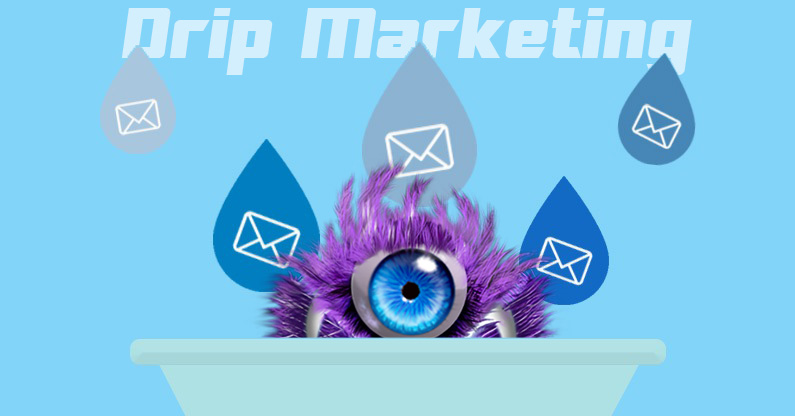One of the great challenges for marketing companies has been having to adapt to changes in user preferences. To correctly reach the ideal client, the correct means must be used, thinking appropriate campaigns for each client and being attentive to possible digital and technological changes that are part of the user’s life.
Drip campaigns consist of marketing actions focused on the technique of sending a series of emails to a segmented contact list during a specified period of time. The goal is to get the recipient to take one or more specific actions.
Drip Marketing (or drip marketing) is a key piece of lead nurturing strategies used in inbound marketing. Additionally, drip campaigns are essential in any digital marketing automation strategy. Basically because a series of automatic interactions with the user are established. That are supported by the creation of different types of content of value for users.
If we think of email for example, for a long time it has been the communication channel par excellence. Today it is still widely used and has also been part of the change in marketing. For example, many companies have realized that, having new subscribers, they have not been able to see previously sent emails when subscribing. And this is where Drip Marketing appears as the solution.
In another aspect, inbound marketing is a methodology that combines different techniques, among which are drip campaigns. Its purpose is to connect with a lead at the beginning of the conversion funnel and accompany them to the final transaction.
Through drip campaigns, the interaction between the brand and the user adapts to these conditions. Always taking advantage of the potential of marketing automation. So, for example, a common, fully automated sequence could be:
1.- A subscriber opens an email that contains a link to a post on the brand’s blog.
2.- A few days later you will receive another email with downloadable content.
3.- If you download it, you will receive another message with more product-focused content. For example a case study.
4.- Ultimately, after passing different stages, the subscriber will receive a sales email that seeks his conversion into a customer.
5.- Finally, once you have taken the step of becoming a customer, you will receive an email with post-sale support information.
6.- And the sequence begins again.
It is proven that by sending specific emails you get 18 times more income than in the traditional way of sending. We can say that these types of campaigns are not only efficient, but also profitable. When you receive an email that specifically provides what you need, there is more opportunity to click and that is what this strategy is about.
The main thing is to correctly segment the database; you can use our Data Enrichment tool, establish certain shipping guidelines and offer content that educates and helps the user, rewards customers and attracts those who are undecided. The key to successful drip marketing is not overdoing it or skimping. It is about finding the middle ground in the number of shipments, the right time to do it and being specific in terms of segments for sending them.

